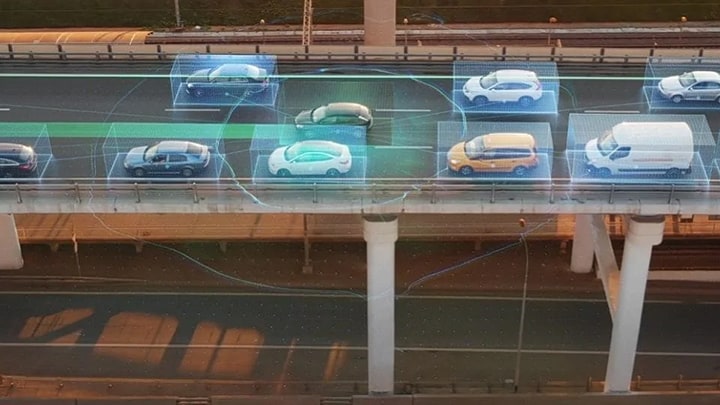While many consumers are excited about autonomous driving, there are doubts
about whether self-driving vehicles will ever be safe. High-profile accidents
of self-driving experiments that use risky, power-hungry consumer grade
solutions are thwarting confidence in the safety of autonomous driving.
It’s becoming clear that performance is only one part of the autonomous
picture. It requires performance and safety—built in, from the
ground up—for automakers to industrialize increasingly autonomous
vehicles from level 3 to level 5.
That’s set to change. Today, NXP and Kalray announced they will
co-develop a central computing platform with safety as a foundation. The
collaboration aims to take on the safety shortcomings of today’s pilots
and experimental offerings in the autonomous development space.
NXP will offer the host processor of the platform, its high-performance S32
processor, with its safety critical ASIL D and ASIL B capabilities. This will
help the platform tackle the requirements of automotive central computing and
will target path planning functions. Kalray will deliver the world-class
performance of its MPPA® processors to safely handle the
machine learning aspects of perception.

The new platform is significant because it addresses the performance, safety
and near-term commercial needs of levels two and three driving with an eye to
longer-term release in level four and five autonomous vehicles.
The first example of this partnership will be the integration of
Kalray’s MPPA® processors into the NXP BlueBox, an
embedded autonomous driving platform. This iteration will address autonomous
challenges in power and safety with Arm®-based technology and
will be designed to support open standards. At CES, we’re showing a
demo of the platform running a prototype of Baidu’s Apollo open
automotive software solution.
Automakers will benefit from the safety, software, open standards support,
performance per watt, architecture flexibility and scalability. The new
solution will offer sophisticated safety technologies in a “Safety
Co-Pilot” configuration that leverages the strengths of each company.





